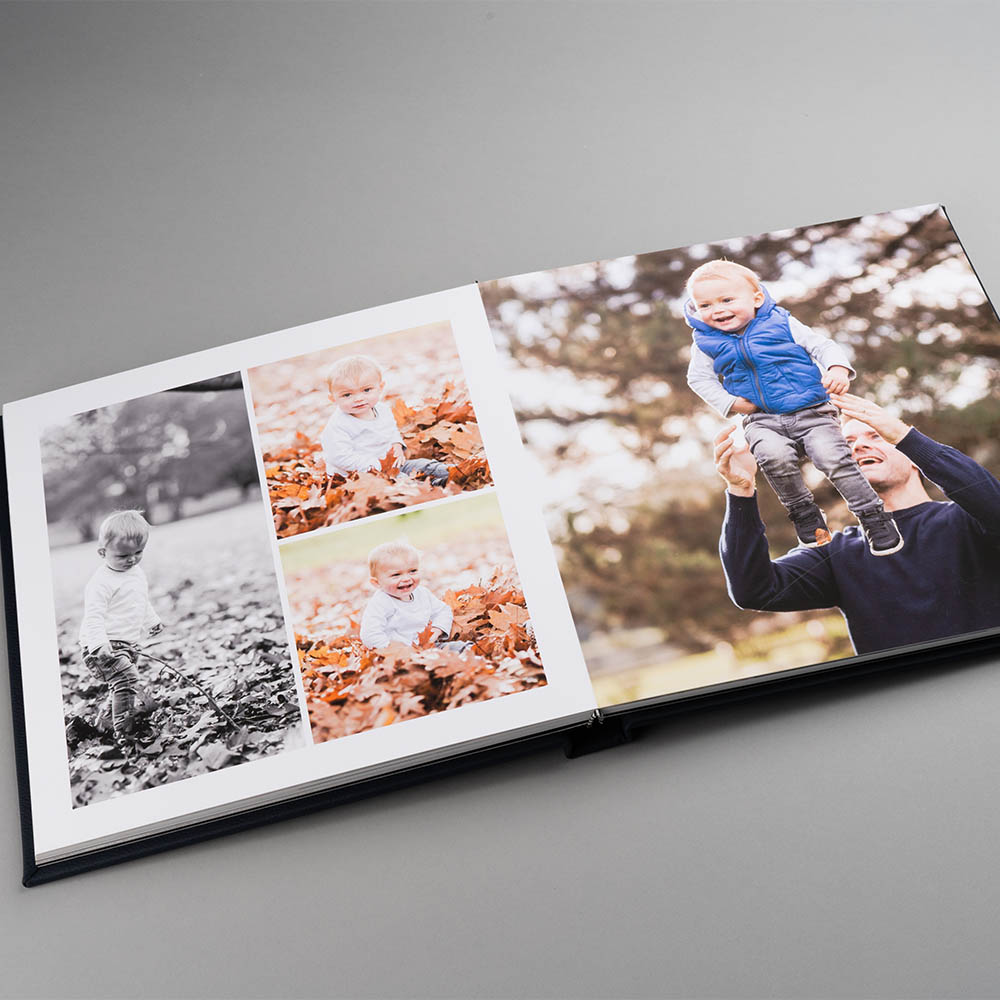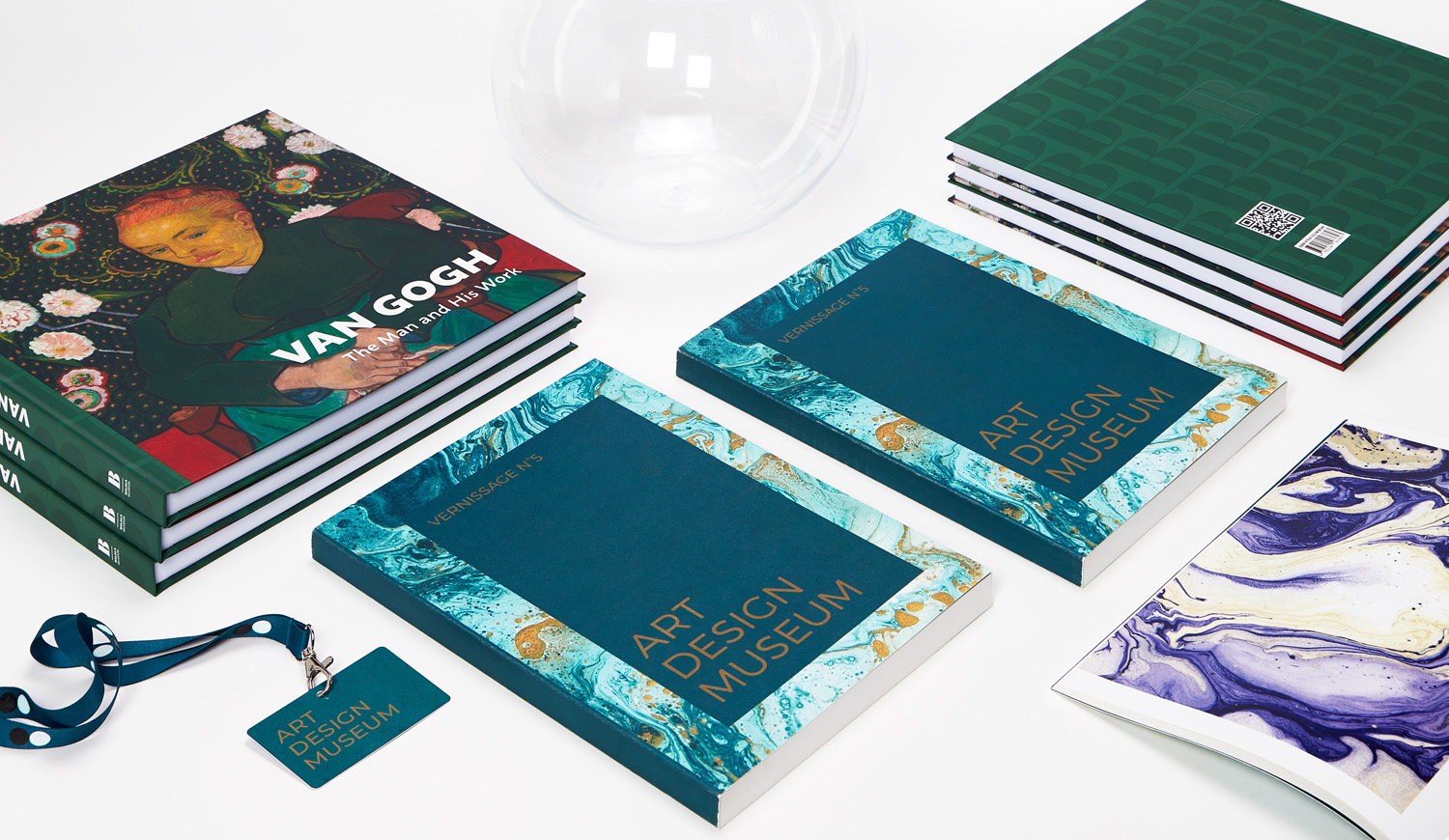Small Batch art book Printing: What You Should Know
Small Batch art book Printing: What You Should Know
Blog Article
Comprehending the Process Behind Top Notch Art Book Printing for Art Fanatics
When it concerns high-quality art book printing, recognizing the complexities of the process can elevate your gratitude for the end product. You could not understand just how necessary paper choice and ink choices are to the vibrancy of artwork. Each component plays a considerable duty in attaining the preferred impact. As you discover the various parts of art book printing, you'll reveal insights that can transform your perspective on art conservation and presentation.
The Relevance of Paper Selection in Art Book Printing
When it concerns art book printing, the option of paper can make or damage the end product. You desire your artwork to beam, and the right paper boosts color vibrancy and detail. Take into consideration aspects like weight, texture, and surface; these components significantly influence exactly how viewers regard your job.
For example, a much heavier stock shares quality and durability, while a textured surface can include deepness to photos. Smooth paper is outstanding for in-depth reproductions, allowing great lines and subtle tones to appear crisp.
Do not neglect regarding the paper's brightness; a brighter sheet can assist colors pop, making your art extra eye-catching. You'll additionally wish to consider exactly how the paper communicates with inks and whether it can deal with the printing process without deforming or bleed-through. Eventually, selecting the ideal paper sets the phase for your art, guaranteeing it captures the audience's focus equally as you envisioned.
Selecting the Right Inks for Vibrant Recreations
Choosing the right inks is equally as essential as selecting high quality paper to accomplish vivid recreations in your art book. When you're printing art work, you want shades that pop and accurately stand for the original item. Choose inks with a high pigment concentration; these have a tendency to produce richer and much more saturated colors.
You may think about utilizing archival inks, which resist fading in time, ensuring your art book remains as striking as the day it was published. If you're collaborating with photos or electronically created art, pigment-based inks can give a larger color range, enhancing information and deepness.
Don't neglect about the coating! Matte and shiny inks can considerably change the look of your artwork, so assume about the look you're aiming to accomplish - art book. Eventually, the best ink choice enhances your paper selection, developing a spectacular aesthetic experience for your viewers
The Role of Shade Monitoring in Publish Quality
Color management plays an important duty in attaining high print high quality for your art book. It guarantees that the shades you see on your display convert precisely to the published page. Without efficient shade administration, your vibrant art work might show up boring or altered, weakening your imaginative vision.
To start, adjust your screen on a regular basis. This action aids maintain regular color depiction. Next off, utilize color profiles customized for your printer and paper kind. These accounts assist the printer in replicating colors properly, lowering disparities in between digital and printed variations.
When you prepare your files, think about making use of a shade area like Adobe RGB or CMYK, depending upon your printer's requirements. Constantly proof your work, as well; an examination print can expose any kind of possible color issues prior to the final run. By prioritizing color administration, you guard the honesty of your art, guaranteeing your audience experiences it as you intended.

Comprehending Different Binding Methods
Accomplishing the best seek your art book goes beyond shade management; binding methods likewise play a considerable role in its overall presentation and durability. You have a number of choices to examine, each with its very own unique qualities.
If you're intending for a specialist feeling, situation binding provides a strong alternative with a tough cover, excellent for showcasing your art work. On the other hand, perfect binding provides an adaptable back while keeping expenses down, making it a popular option for softcover publications.
Spiral binding allows your art book to lay flat, which is wonderful for presenting pictures without blockage. At the same time, saddle stitching is perfect for smaller booklets, giving a clean surface without the bulk.
Ultimately, the binding technique you pick ought to mirror your artistic vision and how you want viewers to involve with your job. See to it to consider these options carefully to attain the best end result for your job.
The Impact of Print Size and Design on Presentation
While the selection of print size and layout might appear second to web content, they substantially affect how your artwork is perceived. The measurements of your prints can either improve or decrease the impact of your pieces. Larger prints can attract customers in, allowing them to value complex details, while smaller sized styles may call for more intimate interaction.

Conservation Strategies for Lasting Art Books
To assure your art publications stand the examination of time, it's More Bonuses vital to apply reliable preservation methods. Begin by storing them in a trendy, completely dry environment, far from direct sunshine and humidity. This avoids fading and warping, maintaining your pages intact. Usage acid-free storage space boxes or protective sleeves to protect them from dust and physical damage.
When managing your publications, constantly clean your hands pop over to this web-site or wear cotton handwear covers to prevent oils and dust moving onto the pages. Stay clear of bending or creasing the spinal columns; rather, utilize book supports when presenting them.
For added defense, think about purchasing archival-quality products for any repair work or improvements. Regularly inspect your collection for indications of wear or damages, attending to problems without delay. By adhering to these simple approaches, you can guarantee your art books remain dynamic and available for several years to come, protecting their appeal and value for future generations.
Teaming up With Printers for Ideal Results
When you're prepared to publish your art book, selecting the right printer is necessary to achieving your vision. Clear communication regarding your assumptions and needs will certainly help ensure that both you and the printer are on the exact same page. Let's check out how to make this collaboration as seamless and effective as feasible.
Choosing the Right Printer

Effective Interaction Strategies
Reliable communication is vital for turning your art book vision right into truth, specifically when collaborating with printers. art book. Beginning by plainly outlining your project's objectives, including design aspects, preferred products, and any details printing methods. Don't think twice to share your motivations and recommendations; this aids the printer comprehend your aesthetic
Be open to comments, as printers commonly have valuable understandings that can boost your job. This collaboration will certainly guarantee that your art book fulfills your assumptions and shines in its final kind.
Often Asked Questions
What Are Common Errors to Prevent in Art Book Printing?
When publishing your art book, prevent typical blunders like bad resolution images, inaccurate color profiles, and disregarding page format. Don't forget to proofread and confirm information to validate your end product meets your assumptions.
How Does Digital Printing Differ From Traditional Printing Approaches?
Digital printing utilizes electronic documents to create prints directly, permitting quicker turn-around and modification. In contrast, conventional methods involve physical plates, which can be lengthy and less adaptable for small runs or one-of-a-kind layouts.
What Is the Common Turnaround Time for Art Book Printing?
The normal turn-around time for art book printing differs, however you can anticipate it to take anywhere from a couple of weeks to a number of months. Aspects like intricacy, quantity, and printing method all influence this timeline.
Can I Print a Restricted Edition Art Book Financially?
You can print a limited edition art book financially by choosing affordable products, optimizing print runs, and using digital printing choices. Mindful planning and budgeting will certainly aid you accomplish top quality without overspending.
What Are the Ecological Considerations in Art Book Printing?
When thinking about art book printing, you must think of green products, lasting inks, and energy-efficient procedures (art book). Choosing local printers can also decrease your carbon impact, making your job both beautiful and environmentally accountable
Report this page